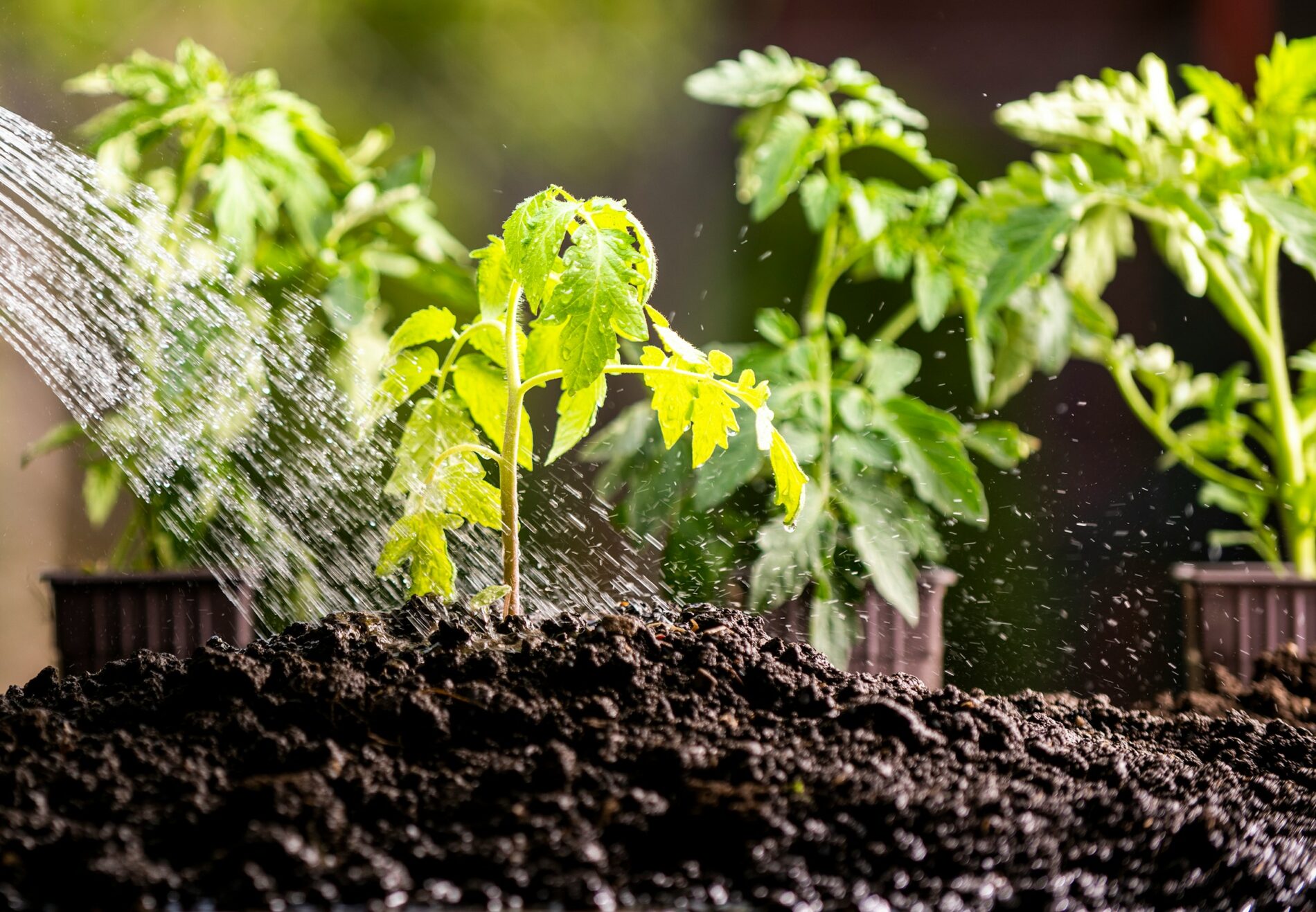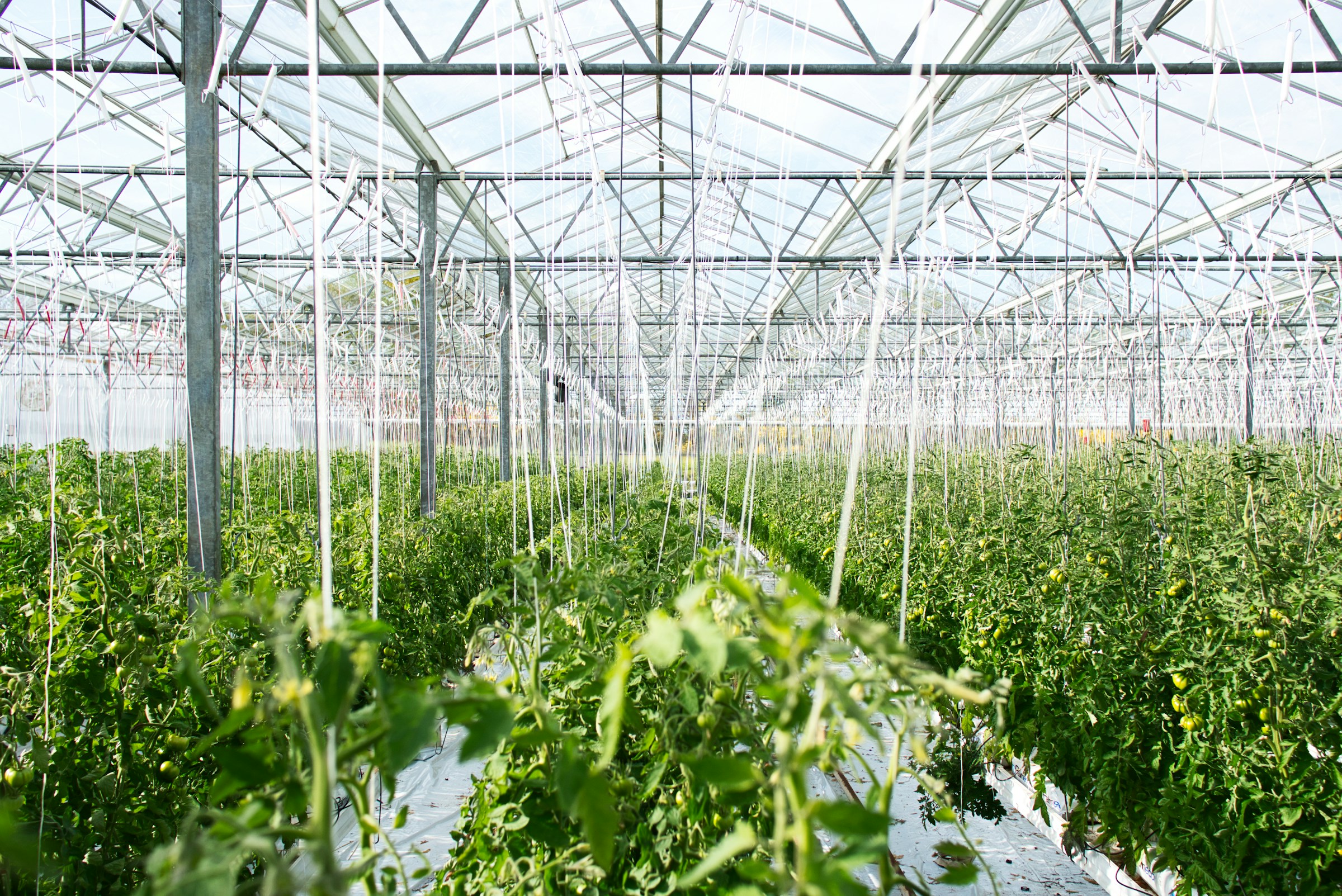Fertigation systems, a blend of fertilization and irrigation, have revolutionized how we nurture our crops. This innovative approach not only promises a bounty of benefits but also comes with its set of challenges, especially when it comes to maintaining the sanctity of our water supplies.
The importance of backflow prevention in fertigation systems cannot be overstated; serving as the guardian of our water quality against the intrusion of unwanted guests—fertilizers, chemicals, and other pollutants.

What is Fertigation Anyway?
Imagine a scenario where the lifeblood of your plants—water and nutrients—flows seamlessly through the veins of your irrigation system, delivering the exact dose of nourishment your crops crave. It isn't a dream but the reality of fertigation, an efficient method that combines irrigation with the precise application of fertilizers through the same system.
The result? Enhanced crop growth, optimized resource use, and a happy dance for farmers eyeing their bottom lines and environmental sustainability.
The Invisible Shield: Backflow Prevention
But here's the twist in the tale—what happens when the flow reverses, inviting contaminants into the potable water supply? That's where backflow prevention devices come in, acting as the unsung heroes.
These devices ensure that water travels only forward, not backward, keeping our drinking water safe from contamination by fertilizers and chemicals used in agriculture.
Why Backflow Prevention Can't be Ignored
The stories of water supplies turning rogue with contaminants due to backflow are not just tales. They're stark reminders of the risks posed by inadequate backflow prevention.
The evidence is clear and compelling, from discoloured water in schools due to chemical backflow to contamination incidents leading to public health crises. Such episodes underscore the necessity of stringent backflow prevention measures to protect public health and prevent the spread of life-threatening diseases.
Unraveling the Benefits of Fertigation:
Fertigation, the practice of supplying fertilizers through an irrigation system, revolutionizes how nutrients are delivered to crops. This innovative approach brings many benefits, enhancing agricultural productivity and sustainability. Here are the key advantages of employing fertigation in farming operations:
Enhanced Nutrient Absorption:
Fertigation allows for the precise delivery of nutrients directly to the root zone of plants. This precision ensures that nutrients are readily available for absorption, promoting healthier and more vigorous plant growth compared to traditional methods of fertilization.
Water Conservation:
Using irrigation with fertilization and fertigation systems minimizes water usage. The targeted application ensures that water and essential nutrients are delivered efficiently to the plants' root zones, reducing the amount of water needed and decreasing runoff and evaporation.
Reduced Fertilizer Usage:
Fertigation allows smaller quantities of fertilizers to be applied more frequently, reducing the total amount of fertilizer required. This method helps avoid excess application of nutrients, thereby saving fertilizer costs and minimizing environmental impact.
Improved Crop Yield and Quality:
The precise and efficient delivery of nutrients and water directly to the plant roots leads to better crop yields and quality. Plants grown with fertigation often exhibit increased growth rates, higher quality produce, and improved overall health.
Labor and Time Savings:
Traditional fertilization methods can be labor-intensive and time-consuming. Fertigation automates the process, significantly reducing the labor and time required for manual fertilizer application. This automation allows farmers to focus on other critical aspects of farm management.
Flexibility in Nutrient Management:
Fertigation systems offer unparalleled flexibility in adjusting nutrient types and concentrations according to the specific needs of the crops at different growth stages. This adaptability ensures that plants receive the optimal nutrient mix for their development, promoting efficient use of fertilizers.
Reduced Environmental Impact:
Fertilization helps reduce the potential for water pollution by minimizing nutrient runoff and leaching. This targeted application ensures that fertilizers are used efficiently, lessening the impact on surrounding ecosystems.
Disease and Weed Reduction:
Applying water and nutrients directly to the root zone can also reduce the incidence of leaf diseases and weed growth. With fertigation, the foliage remains dry, discouraging disease development, while weeds receive fewer nutrients and water, limiting their growth.
Cost-Effectiveness:
Although the initial setup cost for a fertigation system may be higher than traditional fertilization methods, the overall cost benefits become evident through reduced labor, fertilizer, and water costs. Over time, the efficiency and productivity gains can lead to significant savings for the grower.
Adaptability to Various Irrigation Systems:
Fertigation can be easily integrated into existing irrigation systems, such as drip or sprinkler systems, making it a versatile solution for various agricultural settings.
Farmers can achieve more sustainable, efficient, and productive agricultural practices by leveraging the power of fertigation. This innovative approach not only supports crop health and growth but also contributes to the conservation of vital resources, underscoring the importance of embracing modern agricultural technologies.
The Legal Landscape
In light of the critical role backflow prevention plays, regulations and guidelines have been established to ensure these devices' proper implementation and maintenance. States like West Virginia have adopted legislation in response to the Safe Drinking Water Act of 1974, mandating business owners to install, maintain, and regularly test backflow preventer assemblies at their expense. This legal framework not only underscores the importance of backflow prevention but also delineates the responsibilities of property owners in safeguarding water quality.
The Bottom Line:
In essence, integrating backflow prevention in fertigation systems is not just a best practice—it's a critical safeguard for our water resources and public health. As we embrace the benefits of fertigation, let's not forget the silent protectors at the gates, ensuring the purity of our water remains uncompromised.
Frequently Asked Questions:
Why is backflow prevention critical in fertigation systems?
It ensures that fertilizers and chemicals do not contaminate the potable water supply, protecting public health and maintaining water quality.
How does fertigation benefit crop production?
By allowing precise and efficient delivery of water and nutrients, resulting in optimal crop growth and reduced resource wastage.
What legal requirements exist for backflow prevention?
Regulations vary by region, but generally, systems must include backflow prevention devices that are regularly tested and maintained to ensure functionality.




